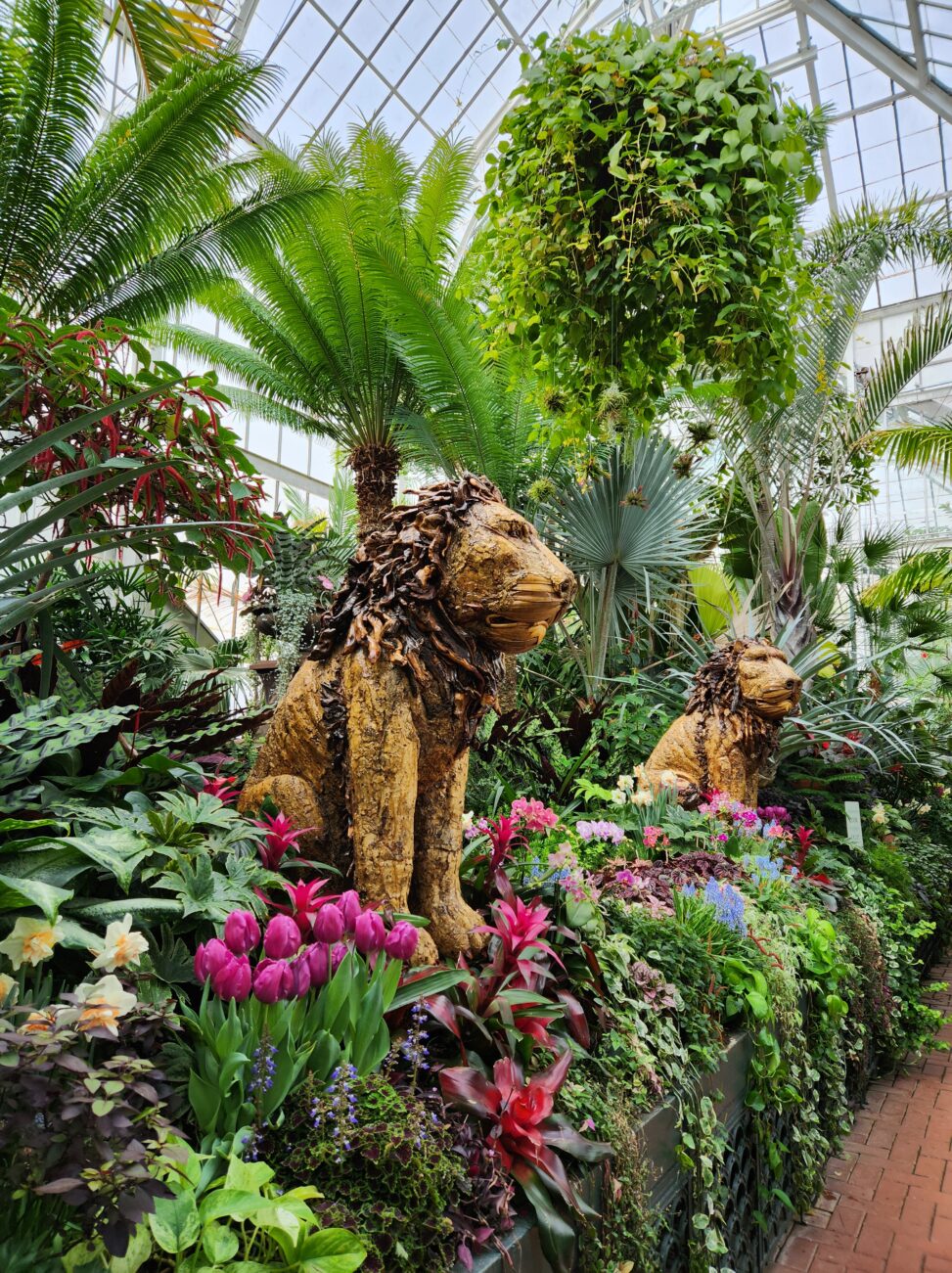I’d like to take you along with me on a photographic tour of the gardens at Biltmore Estate in Asheville, NC.
Imagine if you will a warm spring day. The sun is shining and there are a few stray clouds in the sky. When you first visited the Biltmore Estate, you thought that the Winter Garden in the house was the Conservatory, but on your house tour yesterday you learned that it’s not.
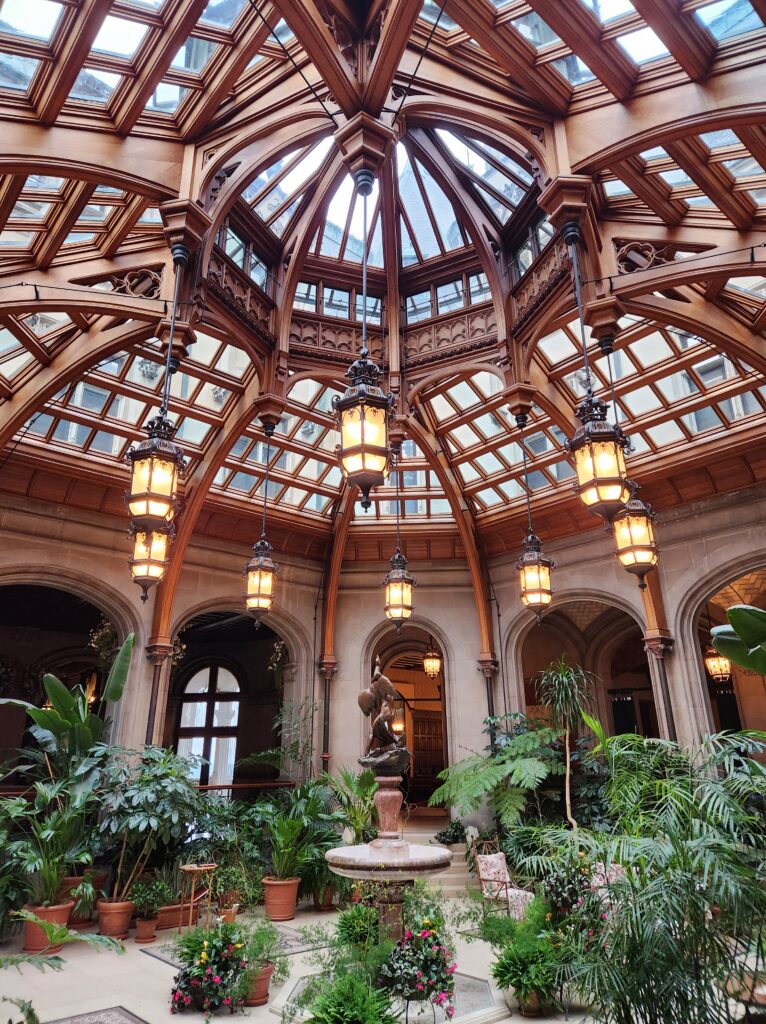
This is the actual Conservatory. Quite a drastic difference. =)
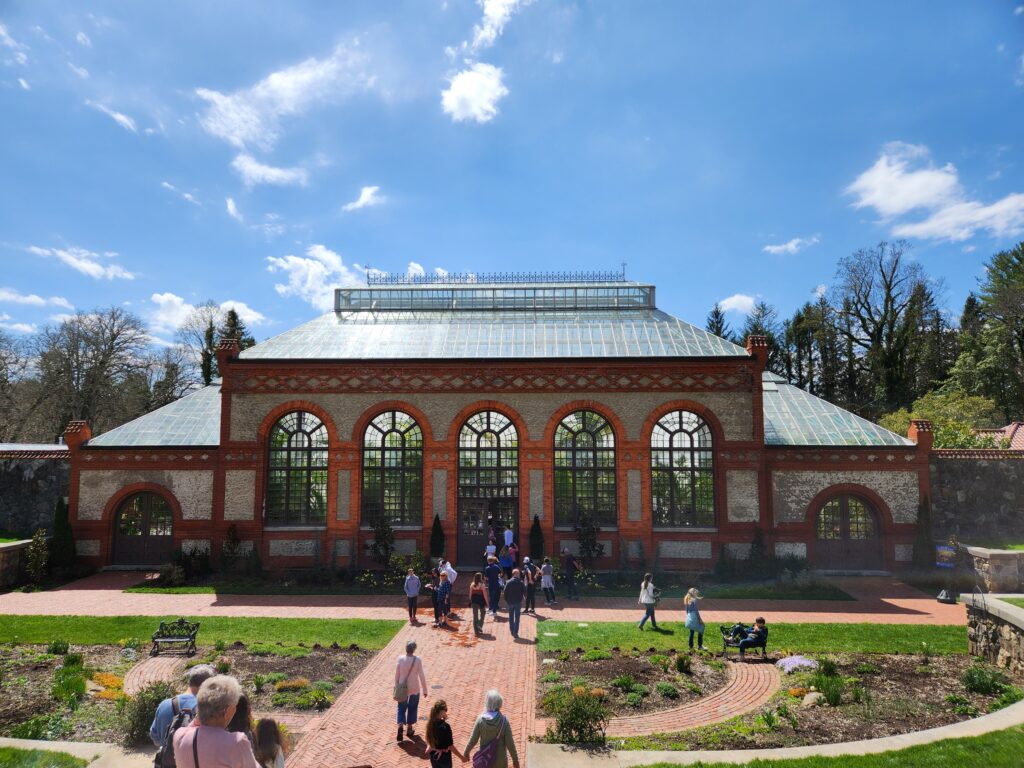
Richard Morris Hunt (who designed the house), Frederick Law Olmstead (who designed the gardens and grounds), and George Vanderbilt worked together to create this gorgeous spot on the property. They wanted it to be a place where people could come any time of the year and be in the center of a magnificent garden.
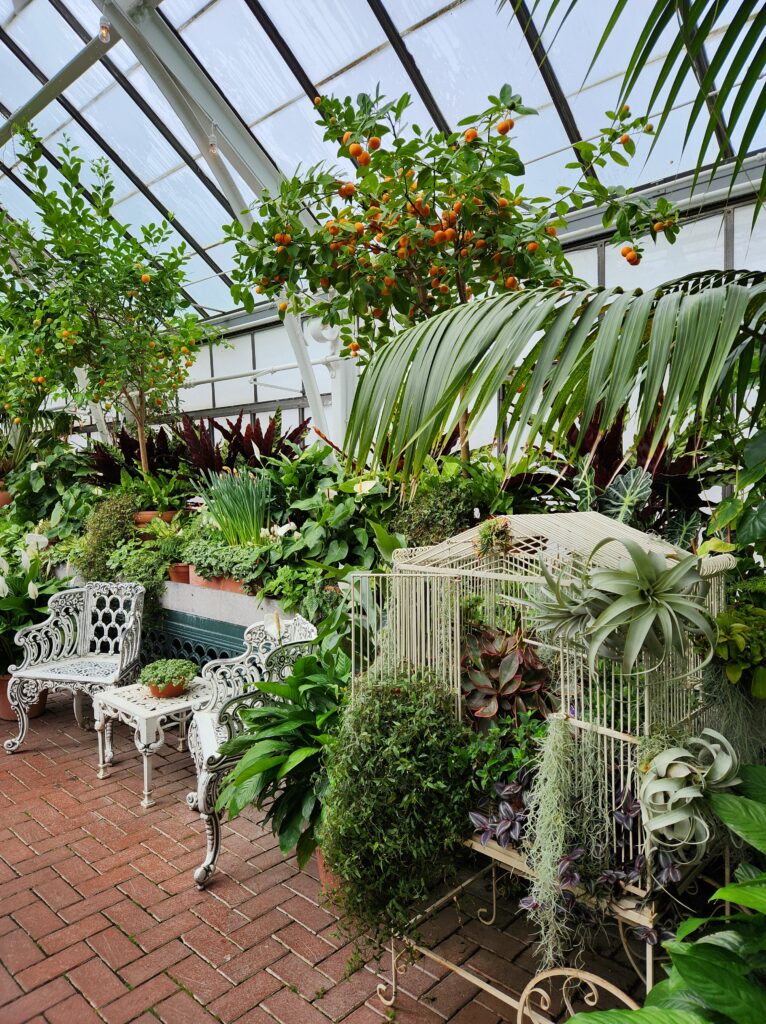
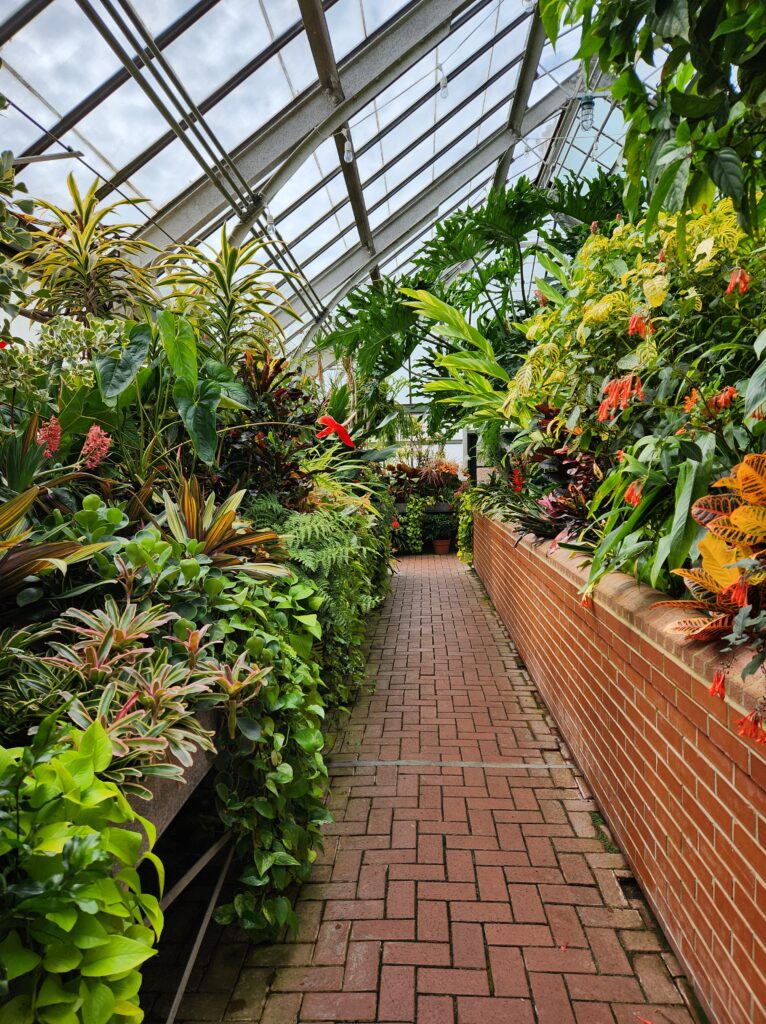
And magnificent it was.

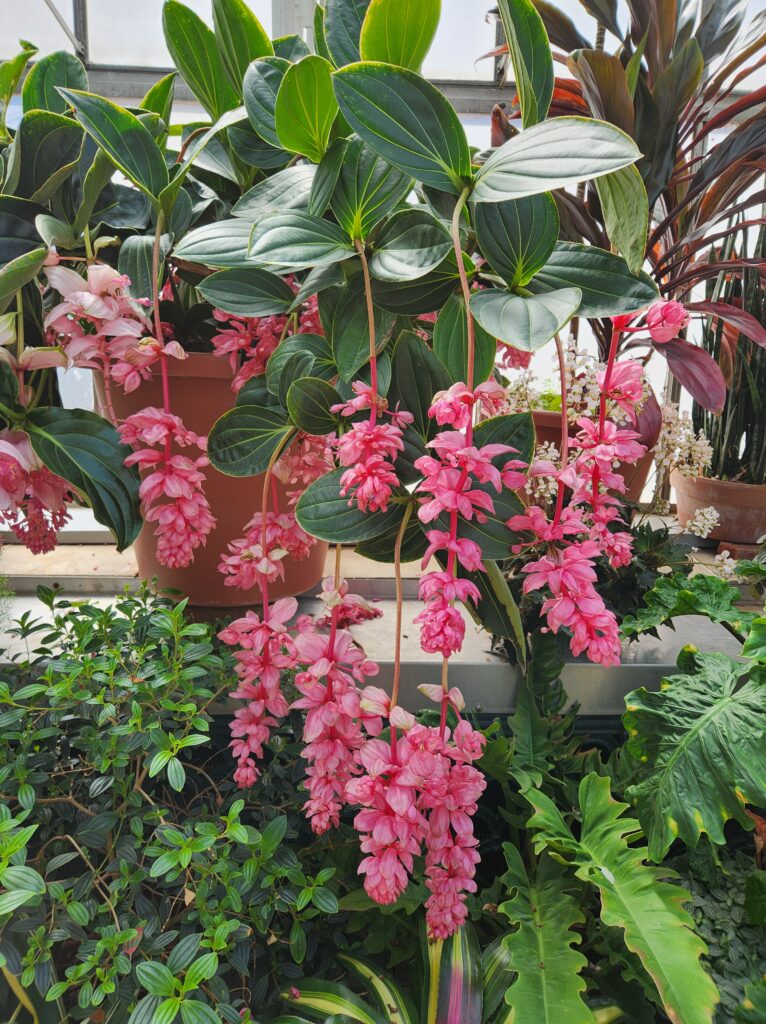
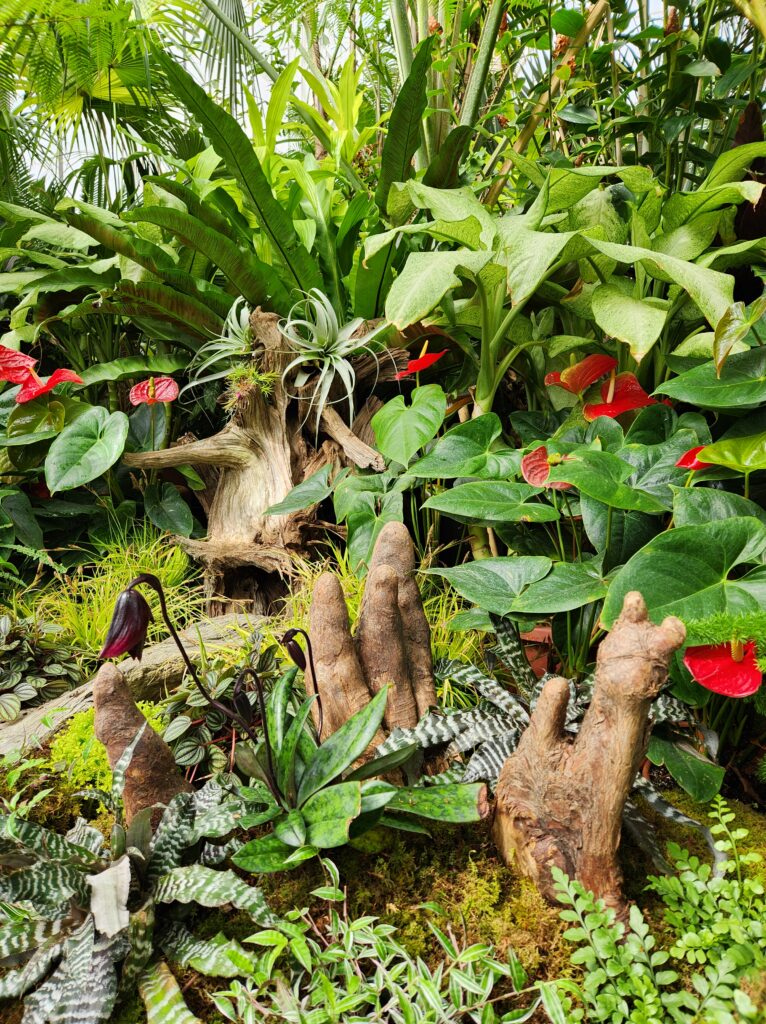
The Conservatory was completed in 1895, the same year as the house. And I imagine it was just as awe-inspiring to the many guests that visited the Vanderbilt’s as it was to me.
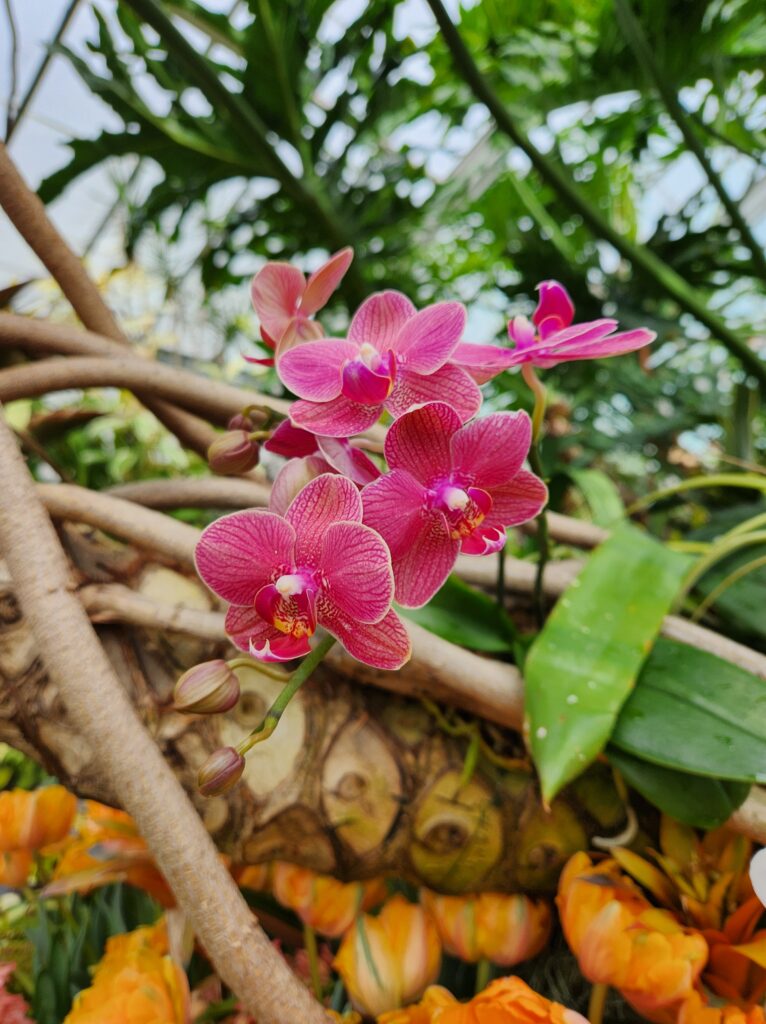
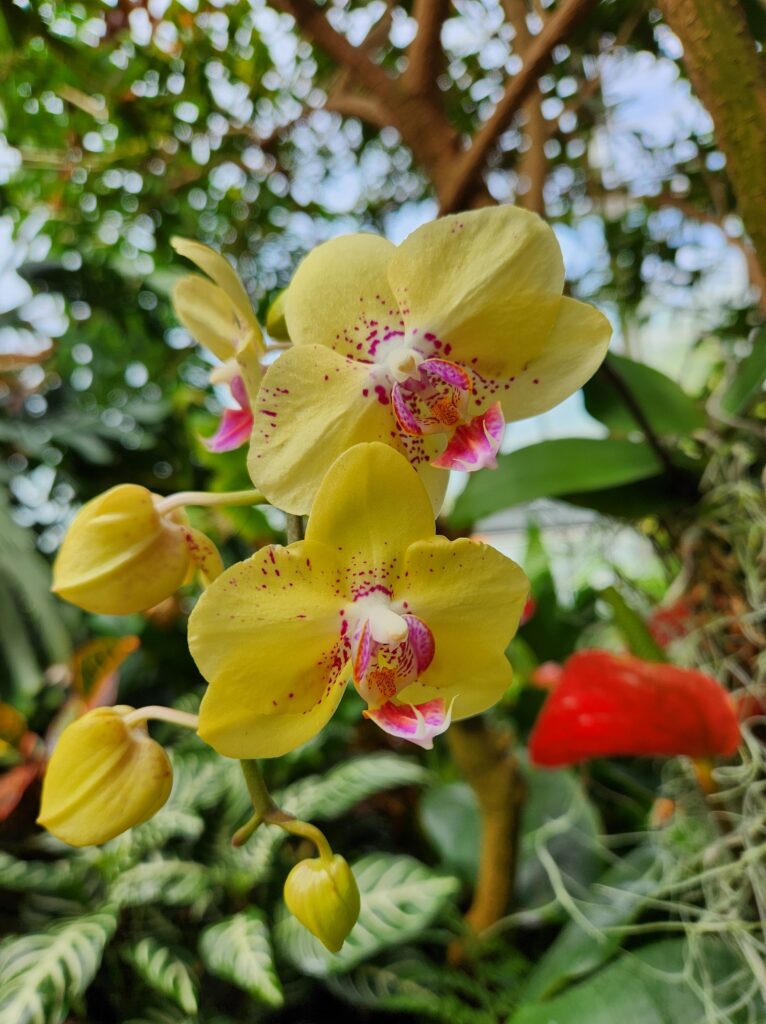
According to Blue Ridge Botanic, there are over 2000 plants housed in the Conservatory at any given time. (If you’re interested, she has a few different blog posts about the gardens at Biltmore, that go into more detail about the structure of the Conservatory and what some of the plants are.) The plants and displays change throughout the year, depending on the season and what’s going on throughout the estate.
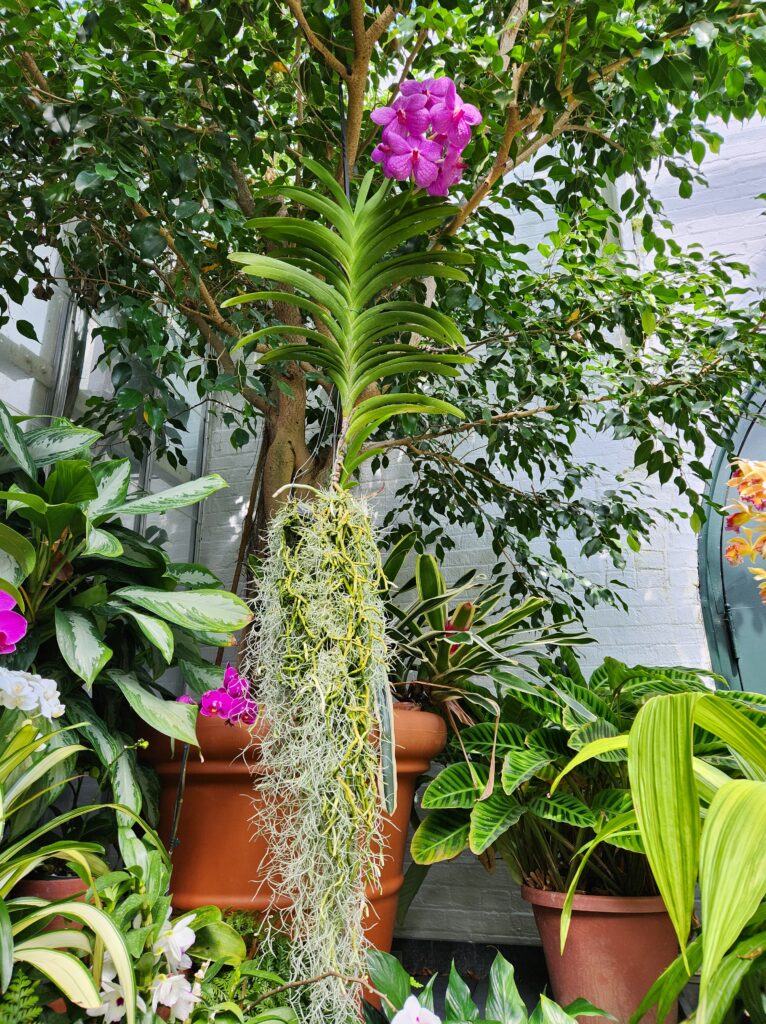
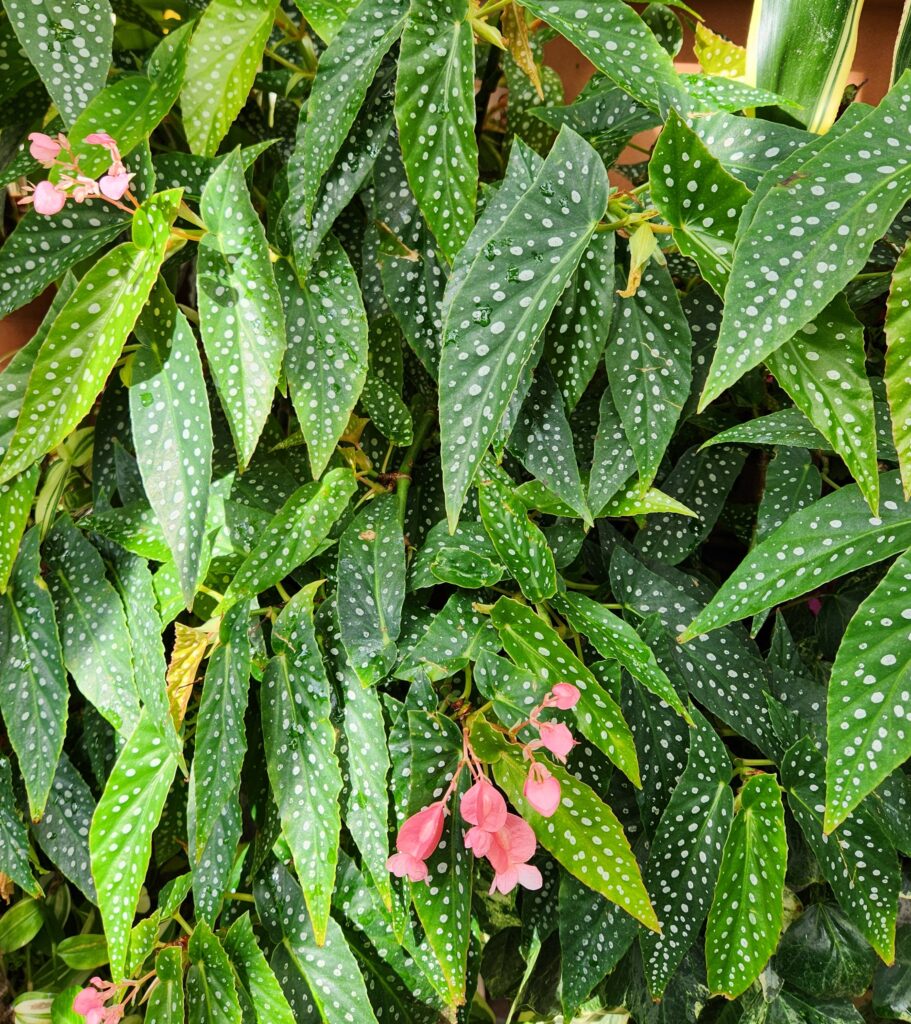
Not only was this building designed as a place for the Vanderbilt family and their guests, it was also part of the plan to make the estate self-sustaining.
“Beyond the main areas that Mr. Vanderbilt’s guests would have enjoyed, there is a large Production Room for potting and growing plants and storing tools and equipment” that is still used today. And they grow a lot of the plants that you’ll see all around the estate, just as they have from the beginning.
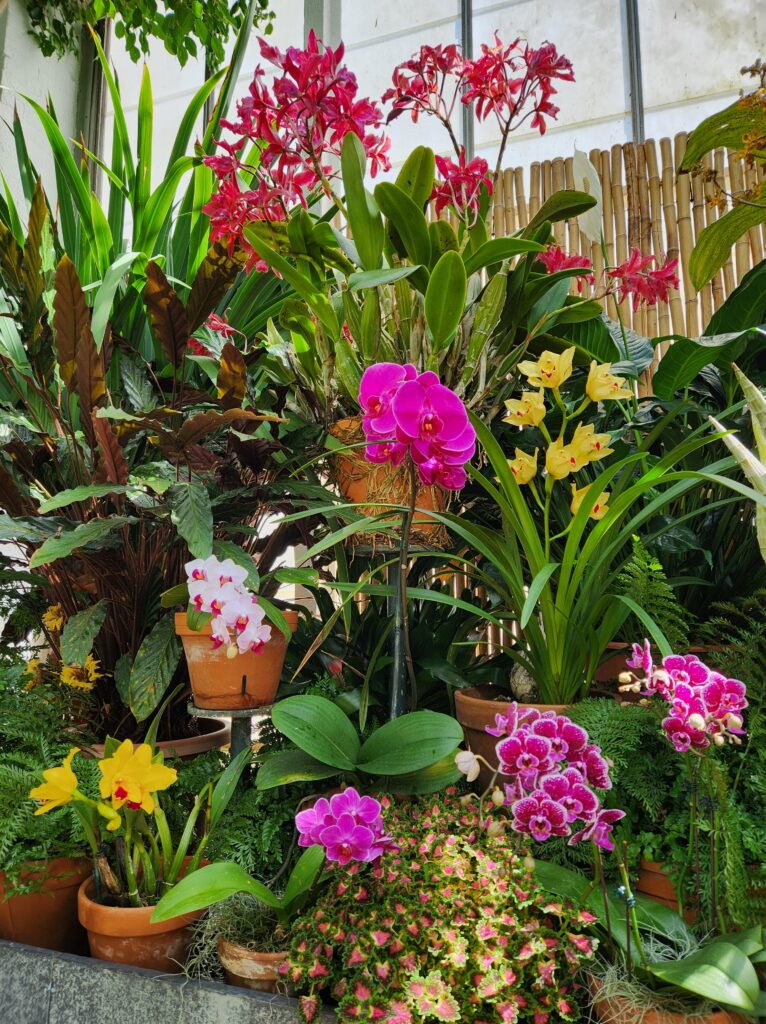
Another very interesting fact: there is a hidden door in the floor of the Winter Garden room of the house to “allow plants to be brought back and forth from the Conservatory without disturbing guests”.
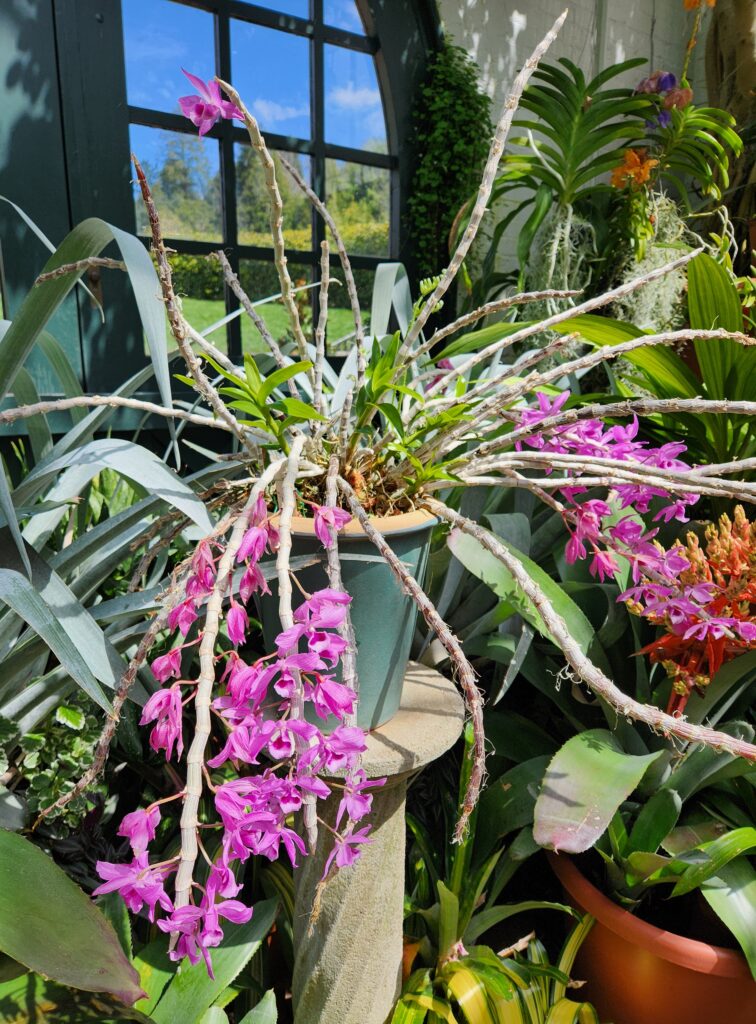
It makes me wonder how many other hidden doors there are on the Biltmore Estate. When I imagine it now, I imagine it like the mansion in The Inheritance Games by Jennifer Lynn Barnes. Where there are hidden doors and rooms and passages all over the Hawthorne estate. But I digress. =)
Walking through the Conservatory, I noticed that they have a few of the same plants that I have at home.
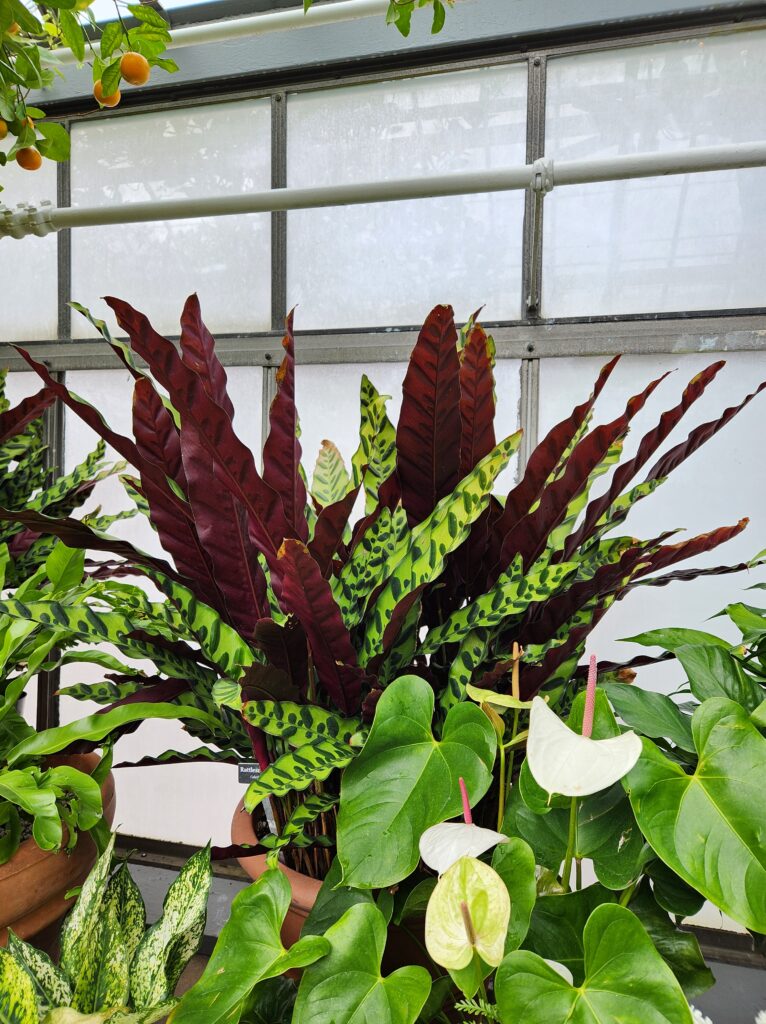
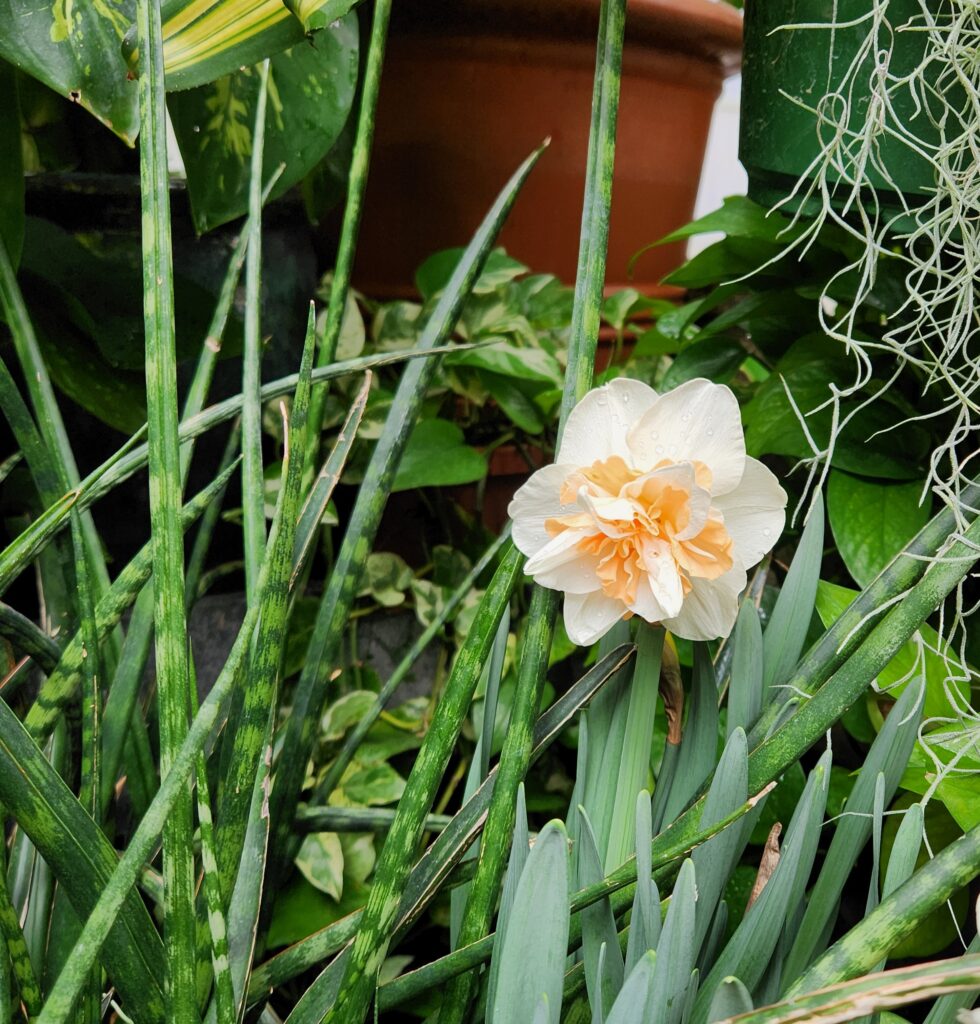
Mine don’t look quite as good…but it has certainly given me goals to shoot for. Not unlike walking into the library in the house. =)
There were also quite a few very unique plants that I had never seen or heard of.
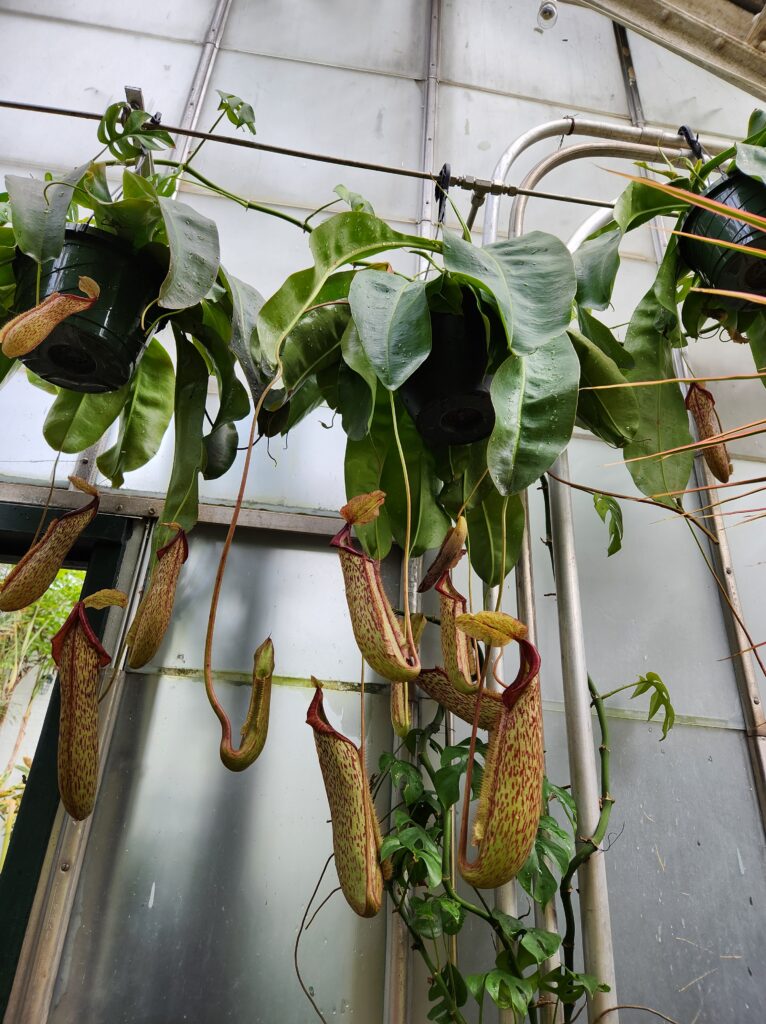
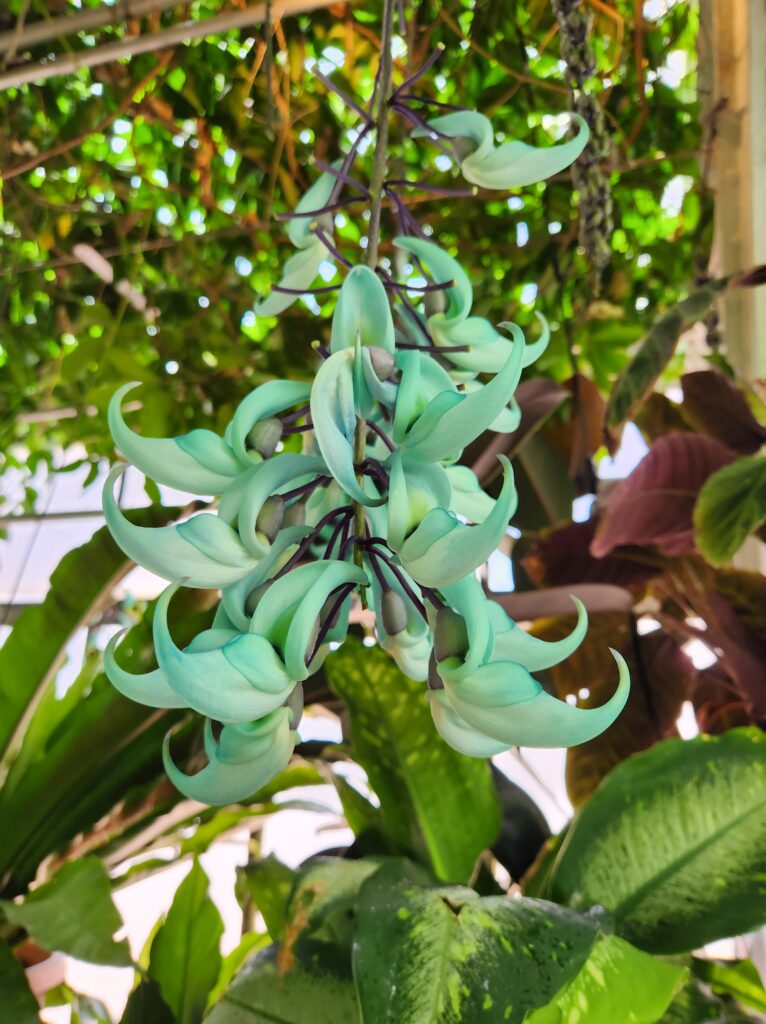
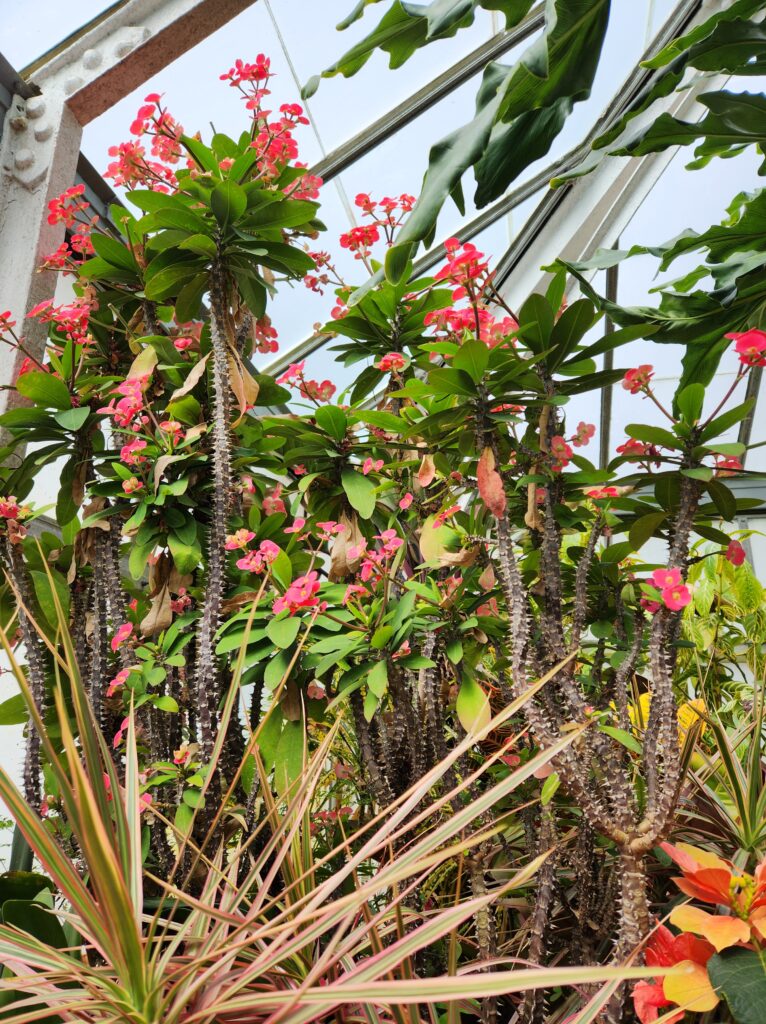
I walked around the corner and met these gentlemen…replicas of the lions that stand at the front doors of the Biltmore House, created entirely out of botanical materials.
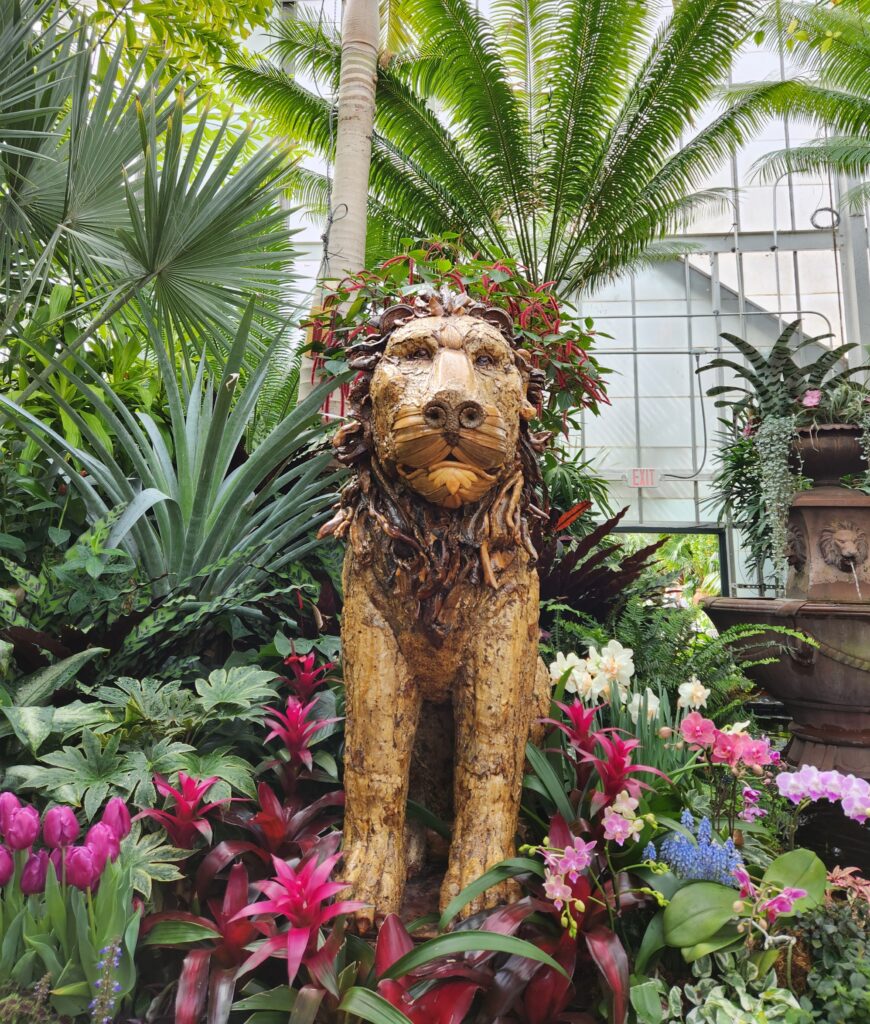
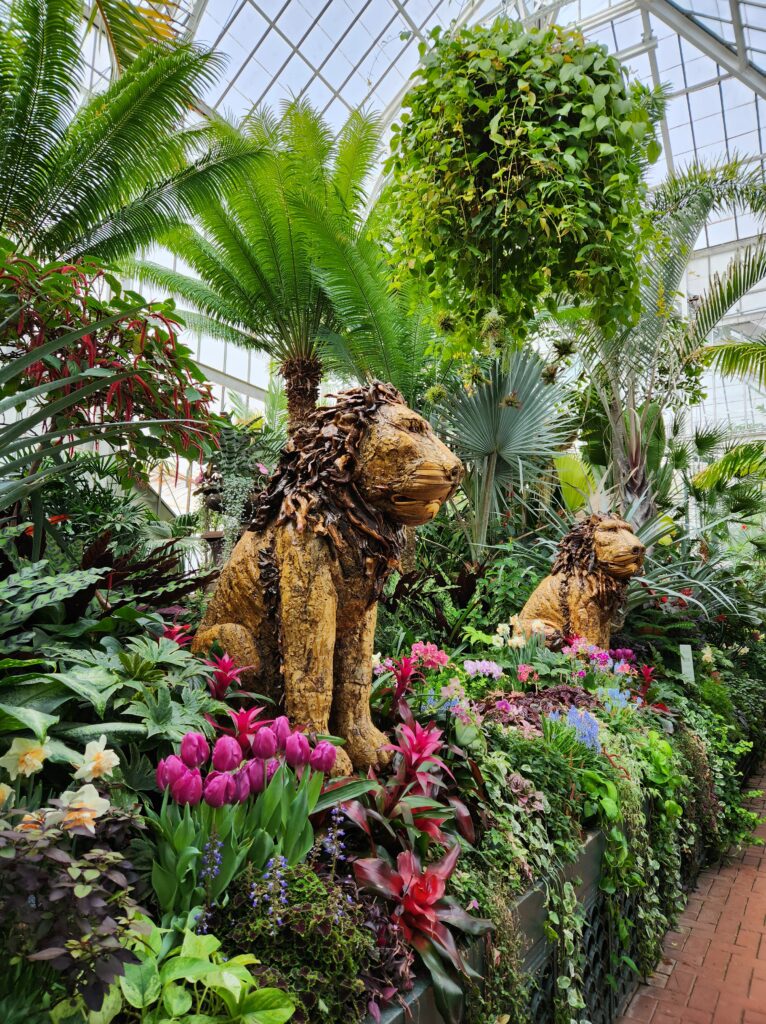
I timed my visit to the Biltmore Estate so that I could be there as the tulips were blooming.
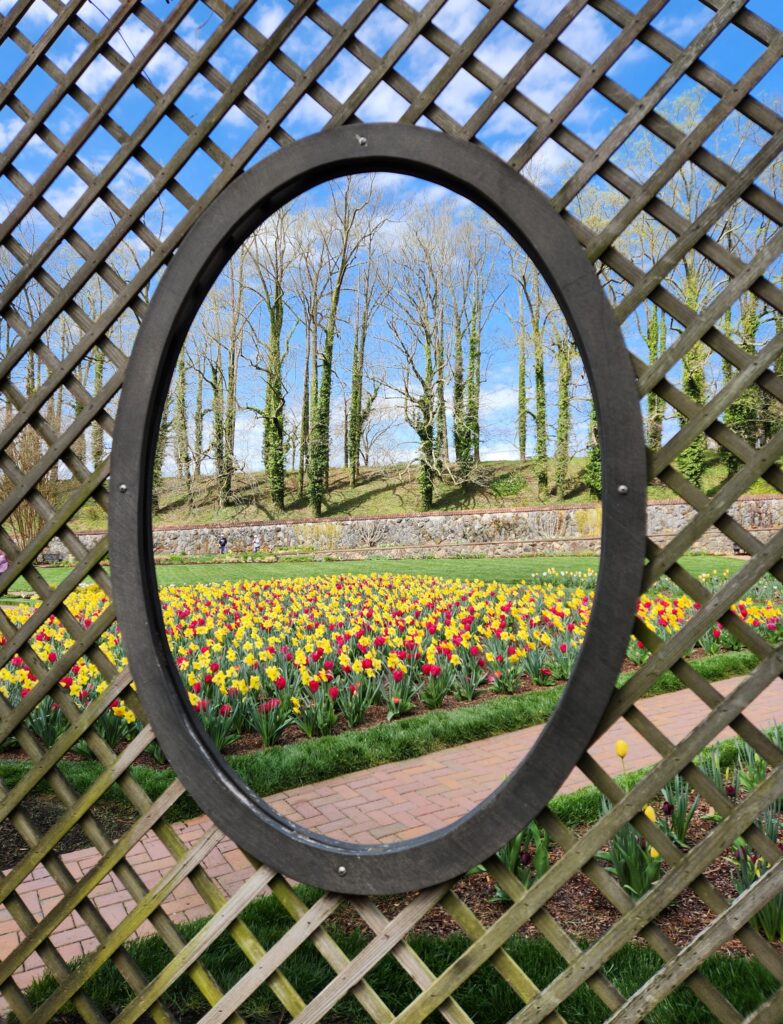
Because of this, some of the other flowers hadn’t quite bloomed out yet. The Azalea gardens for example, and the rose gardens. This is one of the reasons that I wish I had just gone ahead and purchased an annual pass while I was there that day. You can get them online anytime, but I could have taken the price of my ticket that day off of the total. Ah…live and learn.
With that being said, if you are coming to the Biltmore Estate, and you have the time and means, I would highly recommend at least getting the 2-day ticket. This will allow you to take your time exploring the house and grounds, and to enjoy any special events they may have going on as well.
(The Chihuly glass exhibit was going on while I was there, which was the other reason I timed my visit the way I did. To see pictures, click here.)
The tulips were beautiful! There were so many different colors.
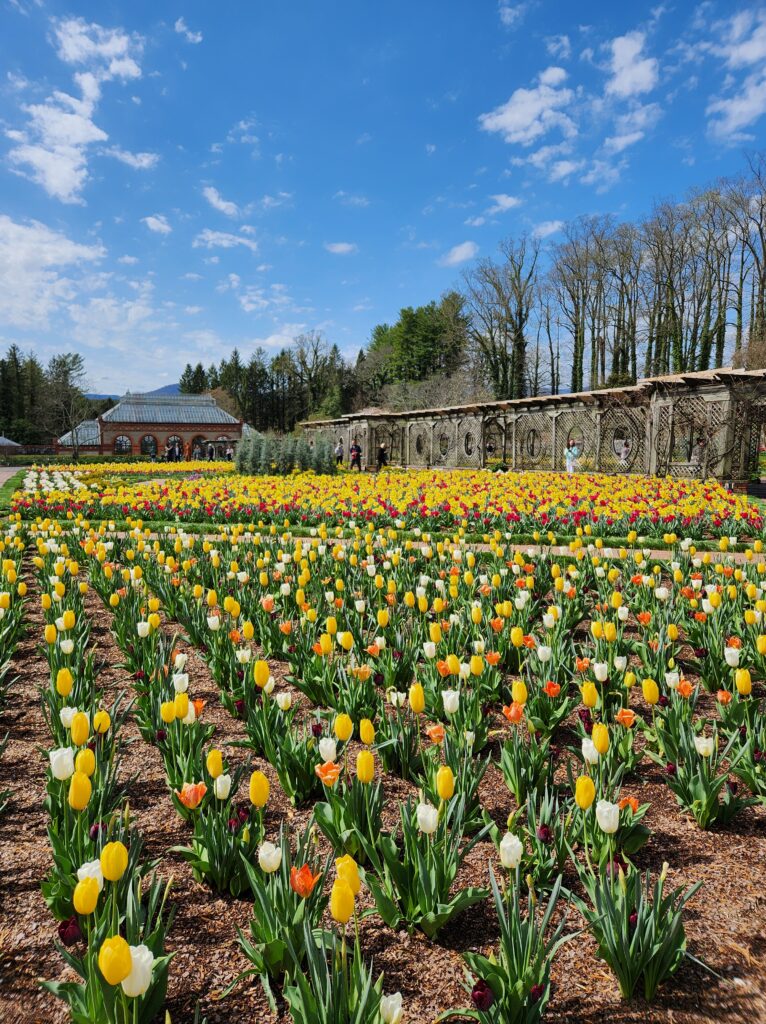
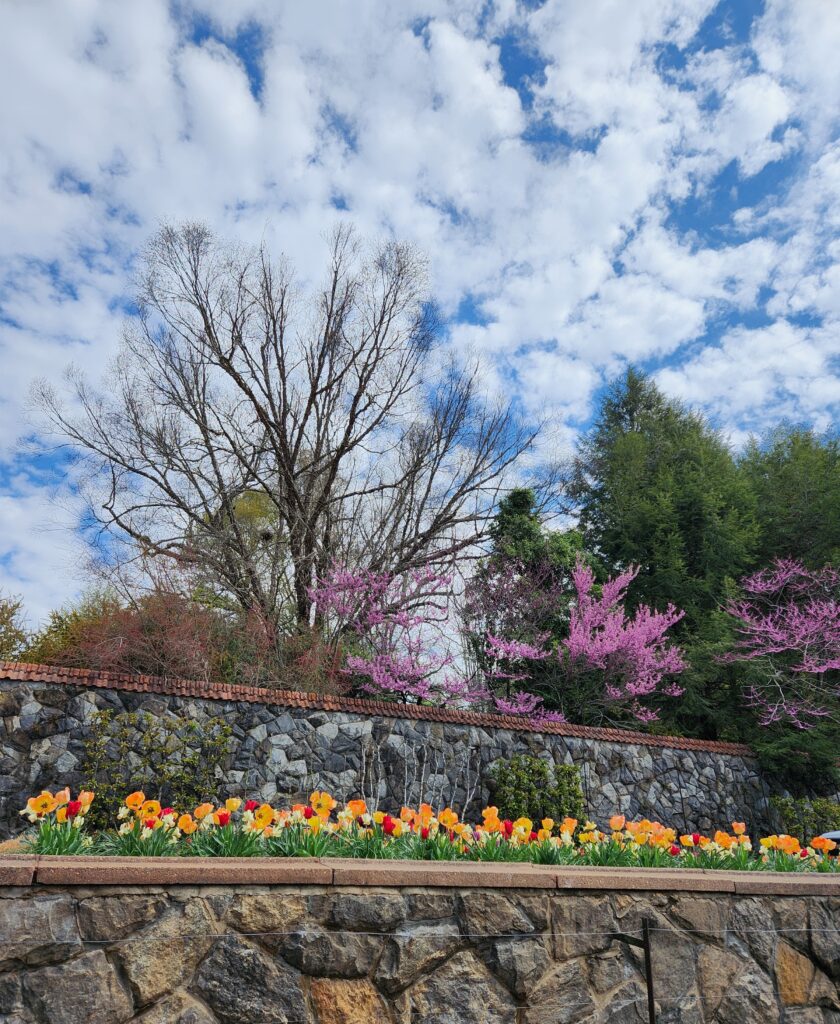
As were the trees that were blooming.
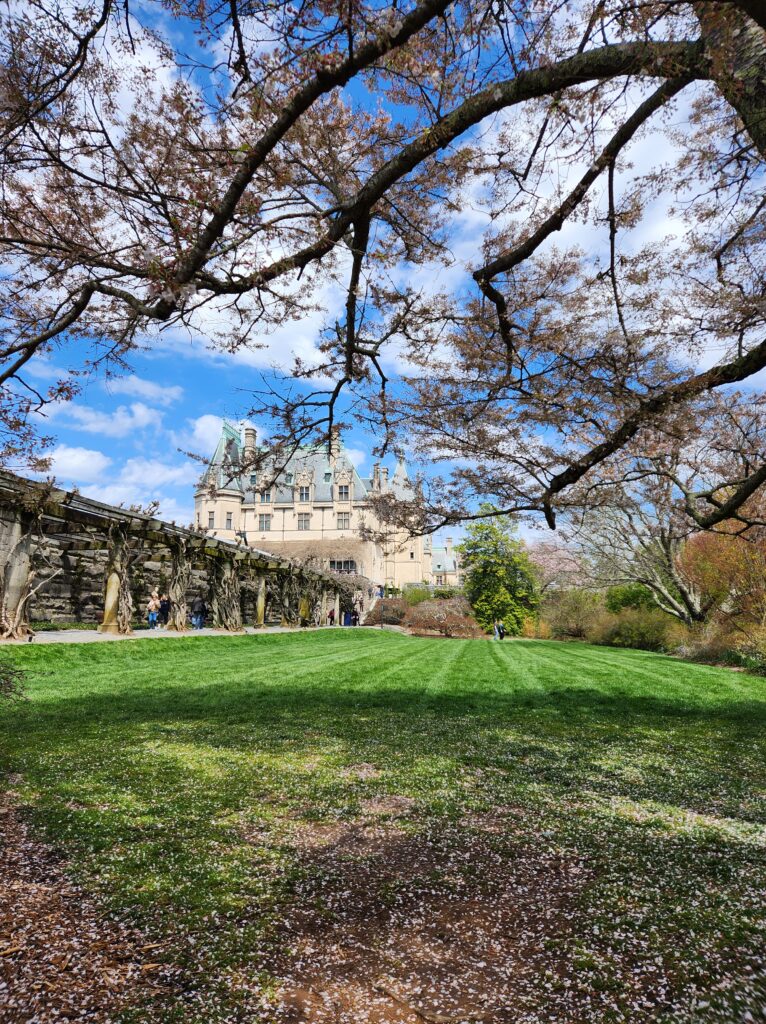
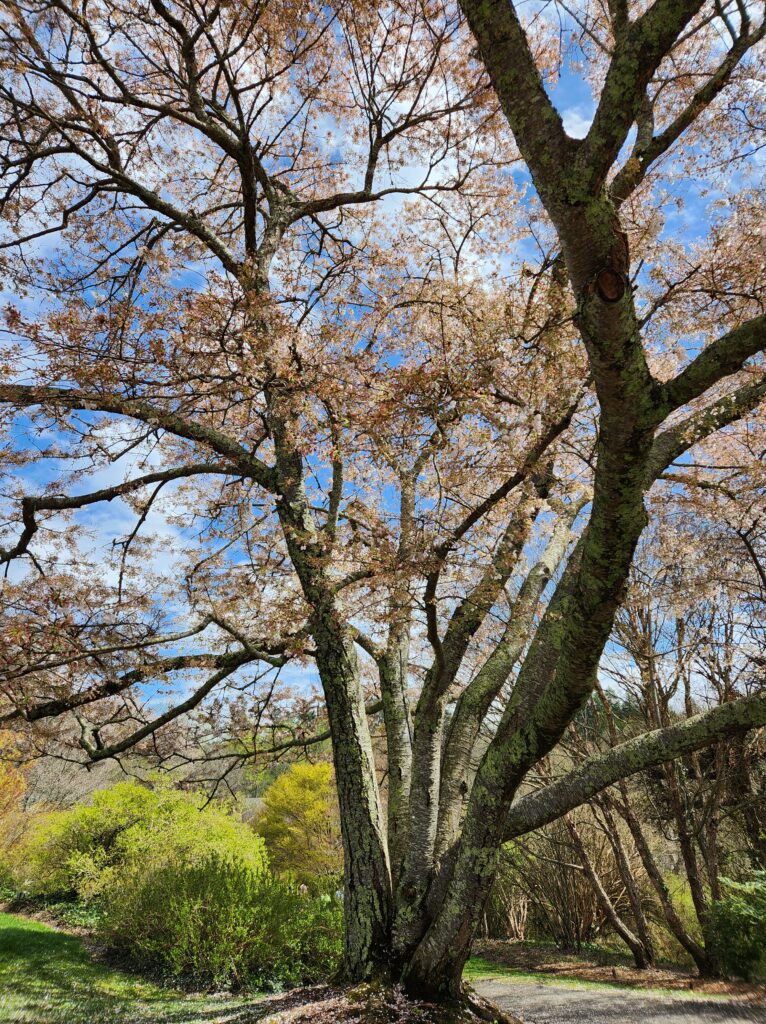
Something else that was important to George as he designed the Biltmore Estate was the reforestation of the surrounding land.
Originally, he bought 125,000 acres to build his estate on. Much of the land that was there had been overworked and stripped down over the years. In working with Gifford Pinchot (who would go on to become the first chief of the United States Forestry Service) and Dr. Carl A. Schenck (who opened the first school of forestry in the United States at the Biltmore), the land surrounding the Biltmore house became “America’s first managed forest on such a large scale” and was the birthplace of American Forestry. Many of the practices that they developed then are still being used today to keep our forests healthy and happy.
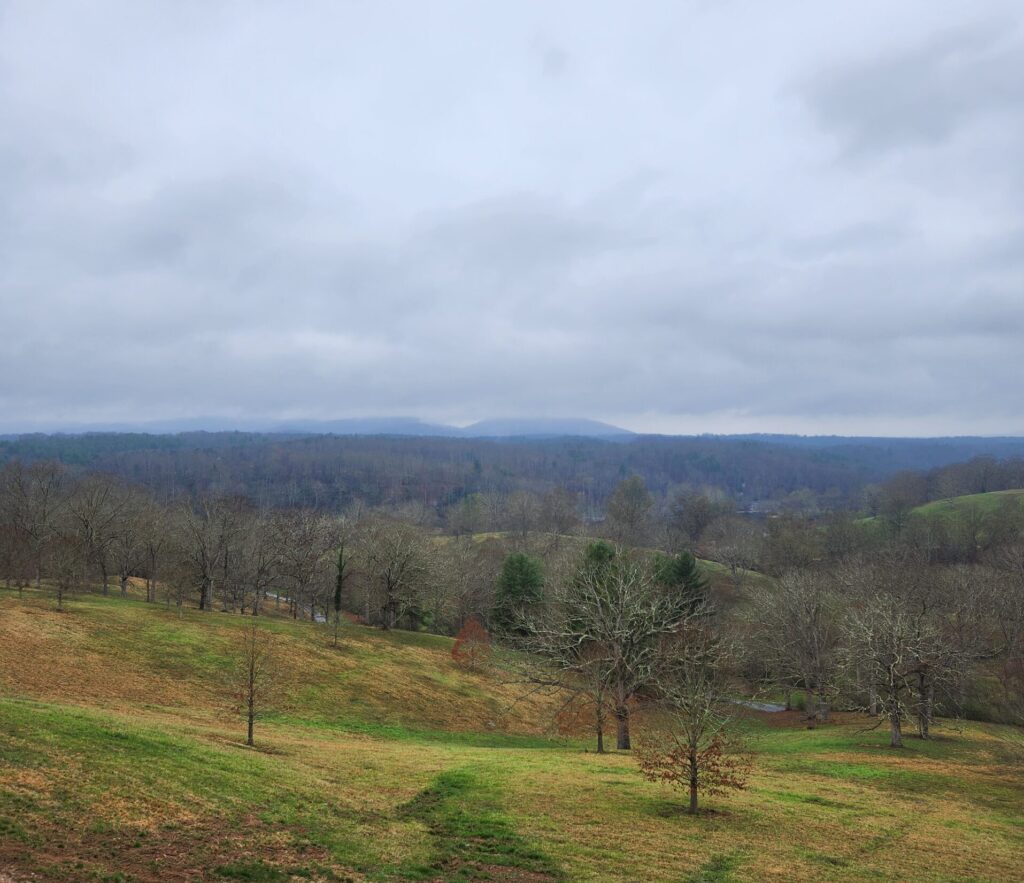
After George’s death in 1914 Edith sold a little over 86,000 acres of this managed forest to the U.S. Government for less than $5 an acre. She did this to help maintain the estate, but also because it was George’s dream to have a large part of the land he owned be available for the public to use and enjoy for years to come. Two years after the sale, this land was designated as part of the newly established Pisgah National Forest, which was the first National Forest east of the Mississippi. So, even though he didn’t get to see it, George’s life-long dream became a reality.
“Today, Biltmore Estate and it’s resources continue to be managed by those original guiding principles to ensure future vitality, honoring George Vanderbilt’s legacy of conservation and environmental stewardship.”
